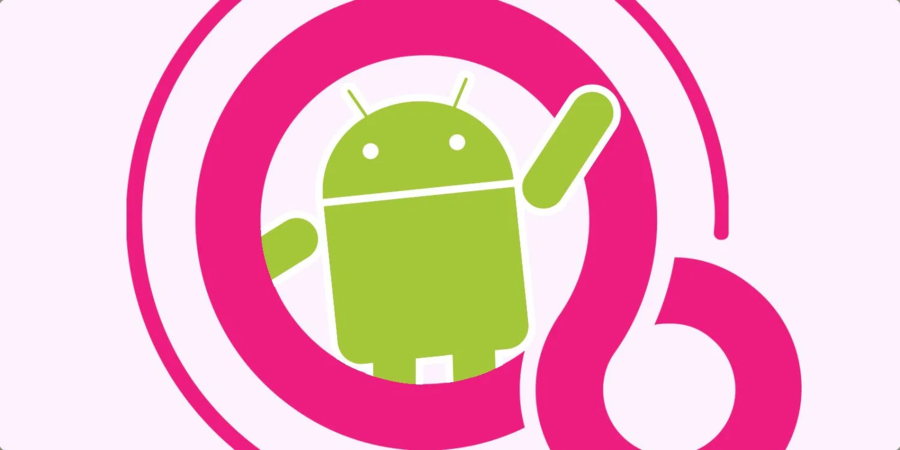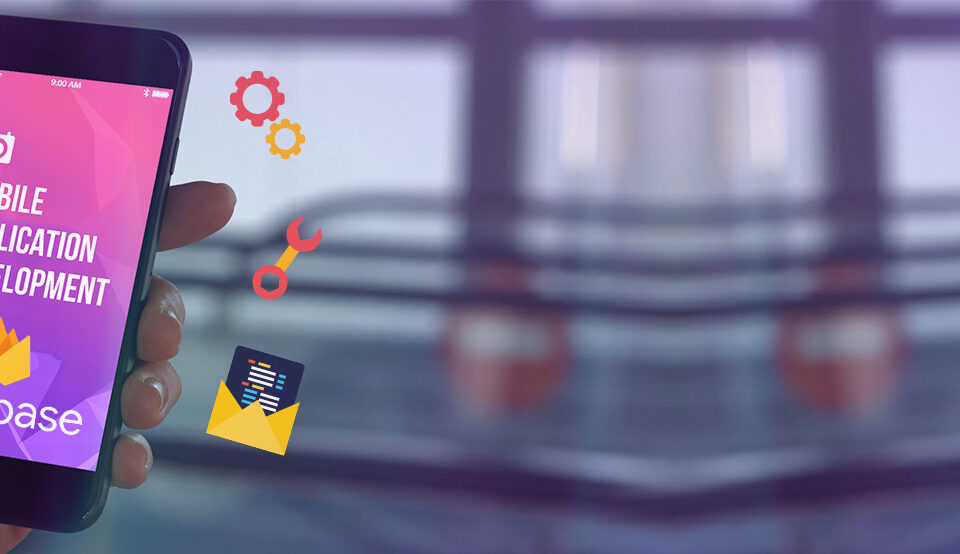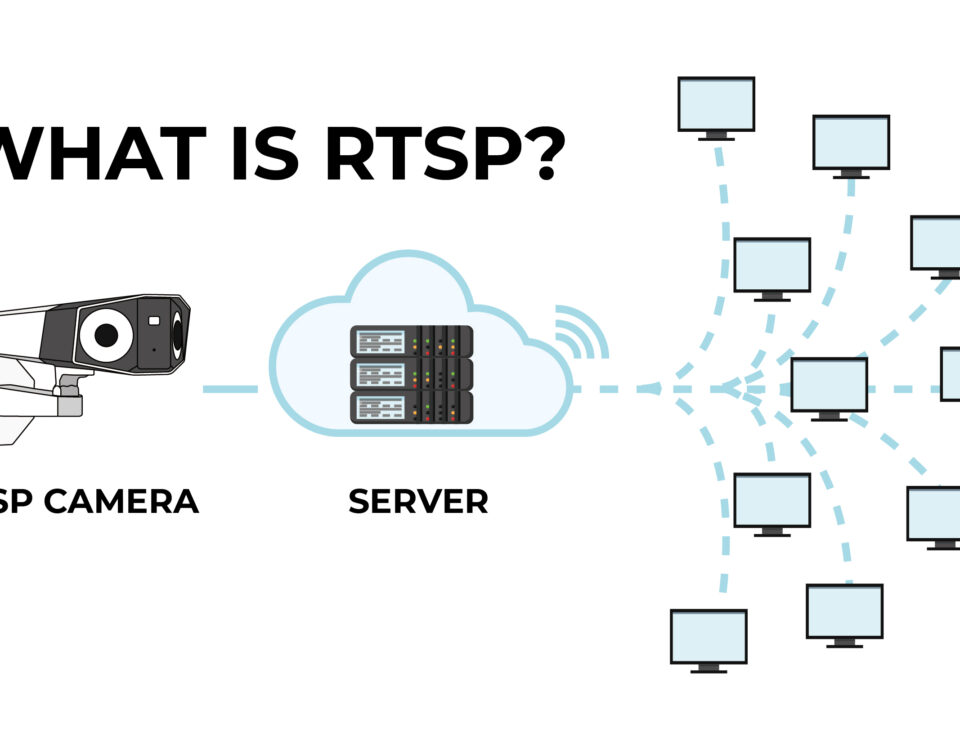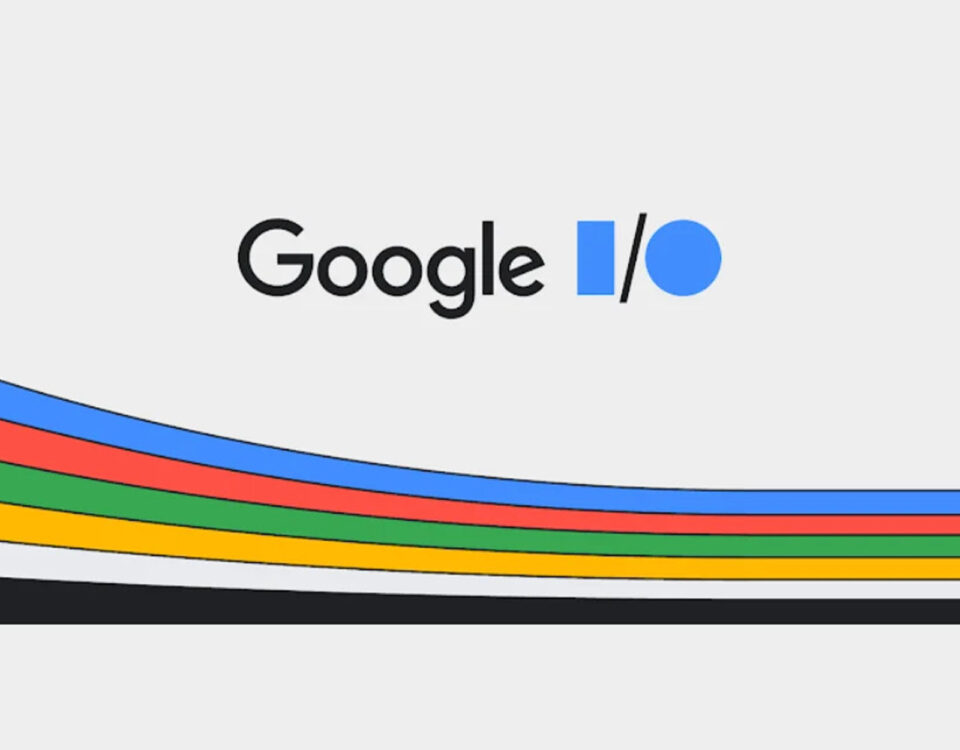IS GOOGLE FUCHSIA, THE NEW ANDROID?

GOOGLE CHROME WITH MUCH- IMPROVED FEATURES
3rd December 2020
How to Choose a Color for Your Website
10th December 2020WHAT IS GOOGLE FUCHSIA?
Google Fuchsia emerged out of the concept of creating a ‘universal operating system’ that can run simultaneously on all platforms like Smart devices, Tablets, and Smartphones.
Fuchsia OS is evolved in the form of Zircon, a micro-kernel. Android and Chrome OS, on the other hand, are the heavy version of the Linux kernel. In such a situation, the micro-kernel based Fuchsia OS can remain very handy.
When it comes to smaller, yet more efficient OS, Fuchsia OS seems like an ideal fit as a next-gen operating system. What makes Fuchsia OS different from Android is that it is completely managed by the parent company Google, whereas Android OS is managed largely by its users.
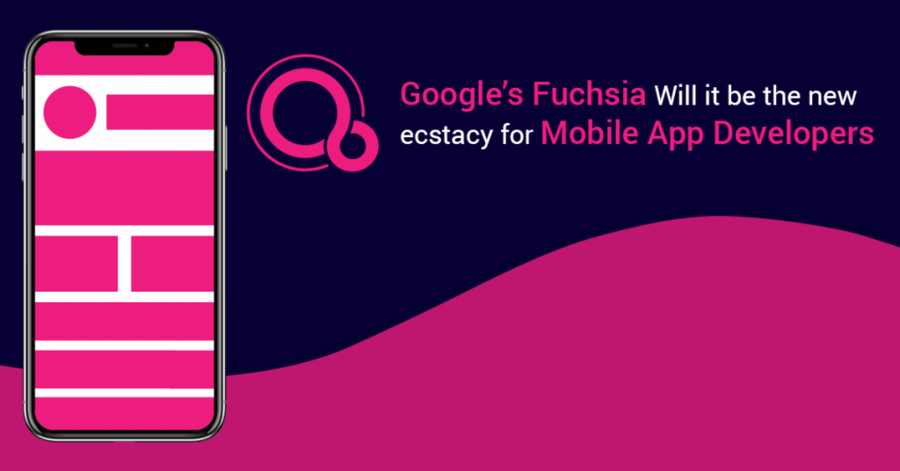
A new Flutter SDK(Software Development Kit) has made it possible. Flutter supports mobile app development solutions for various operating systems like iOS, Android, and Fuchsia.
Flutter developers can develop an app that can run seamlessly on any platform with Flutter SDK, and entrepreneurs need to pay less mobile app development costs.
Google Fuchsia OS-compatible apps. Flutter also supports Material Design, Google’s official design standard. It also supports advanced UI elements including 120 FPS animations and volumetric shadows.
Fuchsia OS is designed to support Swift and Objective C programming language along with Android OS and Chrome. When this OS will be released in full-swing, mobile app developers will certainly get a robust platform for developing cross-platform apps and hence mobile application development companies will leverage the benefits of the smoother transition of mobile application development solutions.
GOOGLE FUCHSIA OS: A CLOSER LOOK INTO FEATURES
You must have already seen the home screen of Google Fuchsia OS. It provides vertical scrolling for the list of apps. It also includes a profile card that has a profile image, some basic settings, and date. Its search bar is similar to Android Devices and Gboard, with unique features.
Though mobile apps don’t run on this operating system yet, users may get impressed with its multitasking features. For example, if a mobile app user wants to drag one app onto another, they can get a split-screen option that can be used to drag more apps at once.
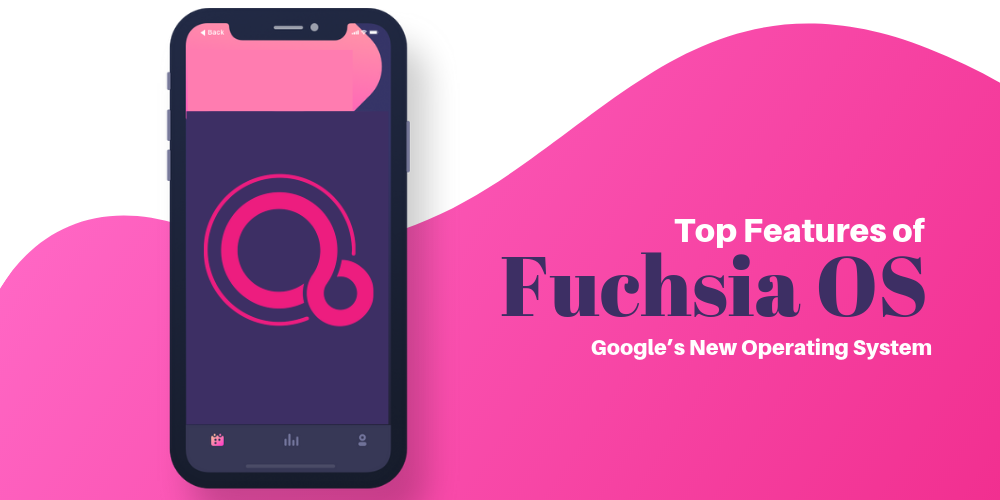
A new Flutter SDK(Software Development Kit) has made it possible. Flutter supports mobile app development solutions for various operating systems like iOS, Android, and Fuchsia.
Flutter developers can develop an app that can run seamlessly on any platform with Flutter SDK, and entrepreneurs need to pay less mobile app development costs.
Google Fuchsia OS-compatible apps. Flutter also supports Material Design, Google’s official design standard. It also supports advanced UI elements including 120 FPS animations and volumetric shadows.
Fuchsia OS is designed to support Swift and Objective C programming language along with Android OS and Chrome. When this OS will be released in full-swing, mobile app developers will certainly get a robust platform for developing cross-platform apps and hence mobile application development companies will leverage the benefits of the smoother transition of mobile application development solutions.
KEY FEATURES OF GOOGLE FUCHSIA OS
Though the development of Fuchsia is in the nascent stage, here’s a list of Google Fuchsia OS that makes it stand out in the Android’s race:
- User Interface (UI):
The UI of an upcoming Google OS is made up of Material Design. It has a special renderer and Escher for developing shadows. What’s more, factors like component, buttons, windows, and pop up boxes are layered clearly.
Layouts are said to be of two types with the following two codenames:
- Armadillo: Shortcuts module and app drawer are absent whereas Quick Settings, Google Feed, and Recent Apps are present.
- Capybara: This is a traditional desktop layout with a placeholder and a taskbar. The taskbar is similar to the start button.
- Assistant-Friendly:
One thing that is certain about Google Fuchsia OS is that it is more Google Assistant-Friendly than Android. can utilize its features such as apps drawer, camera use, and on-screen activity to enhance Google Assistant-based features.
You can expect that Fuchsia OS will go in for more detail and enable it to fetch more information than its traditional counterpart, Android OS. Such enhanced support can enhance the scope for more features and functionality.
3. Cross-Device Support:
This is one of the most important features from the perspective of mobile app development companies. There are a number of devices available across different platforms ranging from smartphones to wearables and laptops to tablets.
Google Fuchsia OS is designed to work with any devices with the same user experience. Its cross-device support enables mobile app developers to build apps once and run them on multiple devices.
These days, want to address a huge audience across the world irrespective of devices and platforms. Now it is easier to to build an app for Fuchsia OS or enable the app users to use the mobile app using their Google accounts.
4. Customized Kernel:
Google Fuchsia OS has its own custom Kernel named Zirkon, which can be readily upgraded as necessary. Unlike Android and Chrome, Fuchsia OS enables developers to get access to the direct kernel. As a result, such apps can enhance the security of the device and remain compatible after a system upgrade.
Mobile App Developers can come up with a more powerful, cross-platform mobile app development solution with the help of Google Fuchsia OS.


